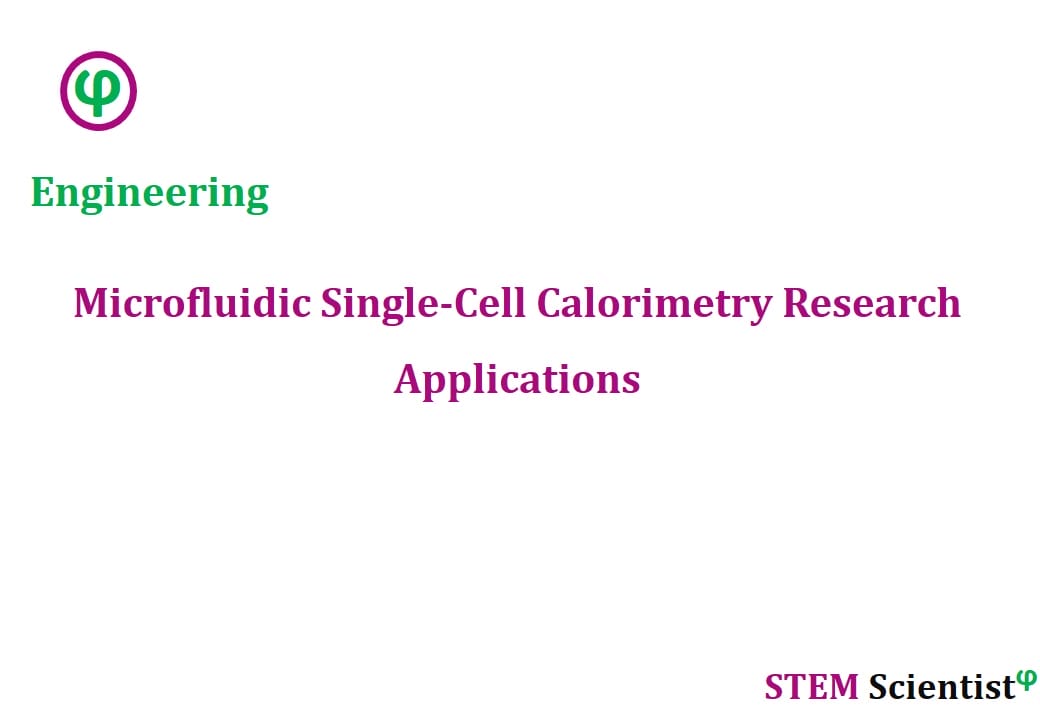
The following study was conducted by Scientists from Materials Science and Engineering Program, University of California San Diego, La Jolla, CA, USA; Department of Mechanical and Aerospace Engineering, University of California San Diego, La Jolla, CA,USA; Department of Bioengineering, University of California San Diego, La Jolla, CA, USA; Department of Pharmacology, University of California San Diego, La Jolla, CA, USA. Study is published in Nature Communications Journal as detailed below.
Nature Communications; Volume 11, Article Number: 2982; (2020)
Sub-Nanowatt Microfluidic Single-Cell Calorimetry
Abstract
Non-invasive and label-free calorimetry could become a disruptive technique to study single cell metabolic heat production without altering the cell behavior, but it is currently limited by insufficient sensitivity. Here, we demonstrate microfluidic single-cell calorimetry with 0.2-nW sensitivity, representing more than ten-fold enhancement over previous record, which is enabled by (i) a low-noise thermometry platform with ultralow long-term (10-h) temperature noise (80 μK) and (ii) a microfluidic channel-in-vacuum design allowing cell flow and nutrient delivery while maintaining a low thermal conductance of 2.5 μW K−1. Using Tetrahymena thermophila as an example, we demonstrate on-chip single-cell calorimetry measurement with metabolic heat rates ranging from 1 to 4 nW, which are found to correlate well with the cell size. Finally, we perform real-time monitoring of metabolic rate stimulation by introducing a mitochondrial uncoupling agent to the microchannel, enabling determination of the spare respiratory capacity of the cells.
Source:
Nature Communications
URL: https://www.nature.com/articles/s41467-020-16697-5
Citation:
Hong, S., E. Dechaumphai, et al. (2020). “Sub-nanowatt microfluidic single-cell calorimetry.” Nature Communications 11(1): 2982.


